Magic in fiction is the endowing of fictional characters or objects with magical powers. This often serves as a plot device – the source of the magical artifacts and the quests involved in saving a person or place. Magic has long been a component of fantasy fiction. It was a mainstay from the days of Homer through the fanciful tales of the Holy Grail. These are familiar themes with the popular work of Edmund Spenser (The Fairie Queene) and more contemporary authors such as JRR Tolkien (The Lord of the Rings trilogy) and CS Lewis (the tales from the land of Narnia in such works as The Lion, the Witch and the Wardrobe), and of course, JK Rowling (Harry Potter Series).
Historically, many writers who have written about fictional magicians have believed (and brought that belief to their readers) that such magic is possible. Think of classics like William Shakespeare’s Macbeth and the Weird Sisters, and wizards like Prospero (The Tempest) and Doctor Faustus in Christopher Marlowe’s play where the characters are considered to be real. In more contemporary work, however, readers and writers usually deal with magic as imaginary and take inspiration from the classics when developing their characters and plot devices in combination with the invention and imagination of the writer. Furthermore, when the writer combines non-fictional beliefs and practices the effects strengthen the rules of magic which will often lead to what the writer requires for moving his plot forward. Fictional magic may or may not involve a detailed system (although when these rules are spelled out craftily – not dumped upon the reader – it strengthens the ability of the reader to believe this magic, will, in fact do what the writer is designing it to do, When the rules are not created, it is more likely that the magic will be used at the author’s convenience for moving the story and be less believable, but still entertaining.
It is not unusual for specific locales in a story to be fraught with magical qualities all its own. This often serves as a conduit to amplify the magical abilities and attributes within the boundaries of this magical zone. This plot element is often used to strengthen the tension in the story because these areas are typically filled with the darker elements and ominous ways of amplifying the darker elements of the story. This can be a useful element for a writer as long as you remember to think outside the box – if everything that happens here is predictable and foreseeable, you will lose both the tension you seek to build and your reader’s attention. Remember to rely on your worldbuilding skills to throw a twist or two into the plot to keep your readers on the edge of their seats and scratching their heads in amazement of how your characters beat the odds and escaped to continue the quest.
Historically, many writers who have written about fictional magicians have believed (and brought that belief to their readers) that such magic is possible. Think of classics like William Shakespeare’s Macbeth and the Weird Sisters, and wizards like Prospero (The Tempest) and Doctor Faustus in Christopher Marlowe’s play where the characters are considered to be real. In more contemporary work, however, readers and writers usually deal with magic as imaginary and take inspiration from the classics when developing their characters and plot devices in combination with the invention and imagination of the writer. Furthermore, when the writer combines non-fictional beliefs and practices the effects strengthen the rules of magic which will often lead to what the writer requires for moving his plot forward. Fictional magic may or may not involve a detailed system (although when these rules are spelled out craftily – not dumped upon the reader – it strengthens the ability of the reader to believe this magic, will, in fact do what the writer is designing it to do, When the rules are not created, it is more likely that the magic will be used at the author’s convenience for moving the story and be less believable, but still entertaining.
It is not unusual for specific locales in a story to be fraught with magical qualities all its own. This often serves as a conduit to amplify the magical abilities and attributes within the boundaries of this magical zone. This plot element is often used to strengthen the tension in the story because these areas are typically filled with the darker elements and ominous ways of amplifying the darker elements of the story. This can be a useful element for a writer as long as you remember to think outside the box – if everything that happens here is predictable and foreseeable, you will lose both the tension you seek to build and your reader’s attention. Remember to rely on your worldbuilding skills to throw a twist or two into the plot to keep your readers on the edge of their seats and scratching their heads in amazement of how your characters beat the odds and escaped to continue the quest.
What role will magic play in your fantastical work? Where will your imagination lead your readers? Magic can fill your plot with fun, excitement and mystery. Imagination is an exhilarating realm in and of itself. What will happen if you set yours free? The possibilities are endless.
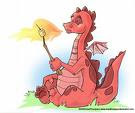








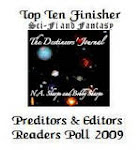







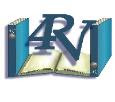
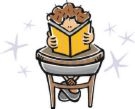







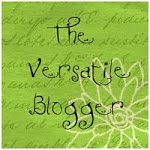
1 comments:
Interesting post, Nancy! I love learning a little more about the magical...especially on a Monday morning!
Elizabeth
Mystery Writing is Murder
Post a Comment